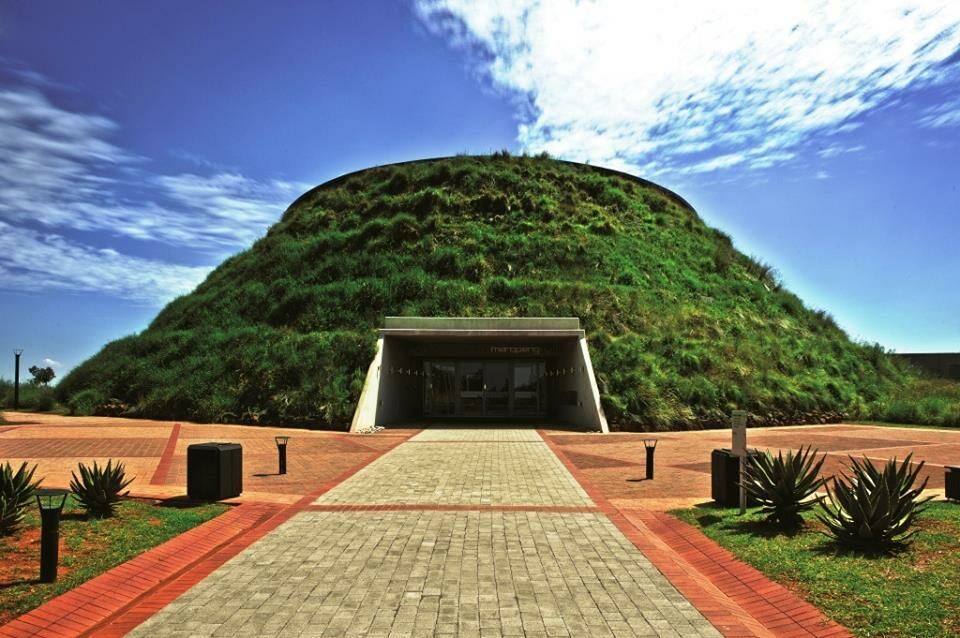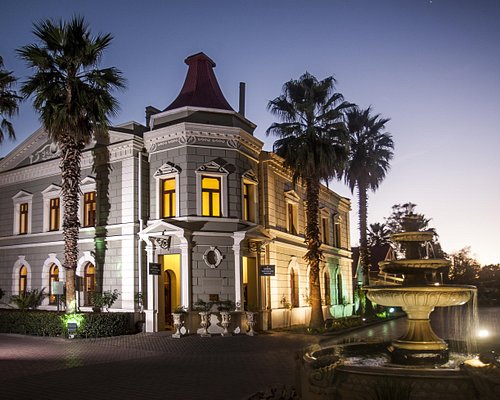An Unbiased View of Johannesburg North Attractions
Table of ContentsThe Best Guide To Johannesburg North AttractionsSome Known Incorrect Statements About Johannesburg North Attractions The Buzz on Johannesburg North AttractionsThe Best Strategy To Use For Johannesburg North AttractionsThe Best Strategy To Use For Johannesburg North AttractionsJohannesburg North Attractions Things To Know Before You BuyJohannesburg North Attractions Can Be Fun For Everyone
You should maintain safety and security in mind and tourists have to stay sharp at all times when in unknown surroundings. Speak to the locals when you remain in town to learn about the location you are remaining in. Johannesburg North attractions. When on the road (this doesn't put on mall and other safe environments) ideal general recommendations is to attempt your best to appear like a neighborhood and to avoid showing any kind of type of riches
3 Simple Techniques For Johannesburg North Attractions
Teacher Revil Mason O. J. (Thomson, 1946) explored the Witwatersrand's pre-colonial history. His historical work exploded the 'em pty land' misconception, according to which the region was lacking human habitation prior to the arrival of European settlers. In his magazines Prehistory of the Transvaal: A Document of Human Activity (1962) and Beginnings of Black People of Johannesburg and the Southern Western Central Transvaal AD 3501880 (1986 ), Teacher Mason demonstrated the degree of social and economic growth in the area before Europeans set foot here.

Excitement About Johannesburg North Attractions
He acted with the federal government's permission, given after he had actually sworn to keep his discoveries key. In 1874, small-scale mining operations were begun in the Magaliesberg, where an Australian, Henry Lewis, had actually found gold deposits. In 1878, David Wardrop found gold in quartz veins at Zwartkop, north of Krugersdorp. In 1881, Stephanus Minnaar discovered gold on the ranch Kromdraai, near the Cradle of Mankind.
In March 1886, a protrusion (quickly to be called the Main Reef) was found, rather fortuitously, on Gerhardus Oosthuizen's farm Langlaagte. Some say that the Lancastrian coal miner George Walker uncovered this reef. Another itinerant English prospector, George Harrison (who had actually formerly operated in Australian mines) gotten a prospecting permit in regard of Langlaagte in May 1886.
He decided to relocate on in a pursuit for greener pastures, and disposed of his Langlaagte claim for the baronial sum of 10. Alas: below lay the richest goldfield ever discovered. The exploration of this abundant auriferous reef provoked a reference gold rush that signalled the end of agrarian serenity in the southerly Transvaal.
It would, within 6 years, come to be the biggest community in southerly Africa. Within a years, it would make the Z. A. R. up until after that an anarchical and insolvent little state the wealthiest country in Africa. By the millenium, the Z. A. R. was to exceed Russia, Australia and the United States of America to become the globe's leading gold manufacturer, creating even more than a quarter of the globe's gold.
Our Johannesburg North Attractions Diaries
It was called Ferreira's Camp, named after Colonel Ignatius Ferreira. He was a Boer adventurer upon whom the British authorities had presented the standing of Buddy of one of the most Identified Order of St Michael and St George (qualifying him to the post-nominal letters C. M. G.) in gratefulness for his function in the war that had deposed the Pedi king Sekhukhune in 1879.
Quickly the camp was including outdoors tents and wagons as newcomers arrived daily from much and wide. By September 1886, some 400 people resided in Ferreira's Camp, which soon flaunted prefabricated iron and timber structures. Two other camps were established: Meyer's Camp on the ranch Doornfontein, and Paarl Camp. The latter was nicknamed Afrikander Camp; lots of people from the Cape Colony cleared up there.

7 Simple Techniques For Johannesburg North Attractions
This name acquired money by word of mouth, such that the State Assistant attested the name to the Mining Commissioner on 9 October 1886. Stands in the town were auctioned on 8 December 1886. While some important link stands were cost 10, others were knocked down for as low as sixpence.
Two years later on, these erven were to transform hands for as long as 750 each. The tented camps decreased as a dorp of corrugated iron buildings created and increased north of the mines located along the Main Reef Road. Areas such as Jeppe's Community (where working-class immigrants erected their homes) and Doornfontein (where the wealthy brand-new 'Randlords' started to create their luxurious residences) were soon contributed to the ever-expanding map of the community.
Johannesburg North Attractions Things To Know Before You Get This
In addition to the road names, there were no indications of Johannesburg being located in a Dutch-speaking country. Numerous years later, C. W. Kearns O. J. (one of the first kids registered at St John's University in 1898) would certainly remember: 'A strange fact regarding Johannesburg was that, although it was in the [Boer Republic], virtually everybody spoke English and even the Federal government slaves dealt with one in English, unless read this article they were first attended to in the Taal (or Low Dutch)'.
Britain had a passion in making certain optimum problems for gold production on the Witwatersrand, and that the gold was exported to London instead than Berlin a crucial provided all the more clamant by the Z. A. R.'s raising toenadering with Germany. Mine proprietors got on a crash course with President Kruger, whose policy of monopolistic concessions (commonly provided to his cronies) prevented mining business from procuring materials of materials (especially dynamite) and work on their very own, less expensive terms
Getting My Johannesburg North Attractions To Work
In 1890, the Volksraad had restricted the franchise business to white men that had stayed in the Z. A. R. for fourteen years or longer, thus invalidating the majority of the immigrants (who happened to be the major factors to the fiscus). Agitation for the ballot was a mere pretense for promoting a different schedule; many uitlanders concerned themselves as short-term visitors and had no intention of continuing to be in the Z.